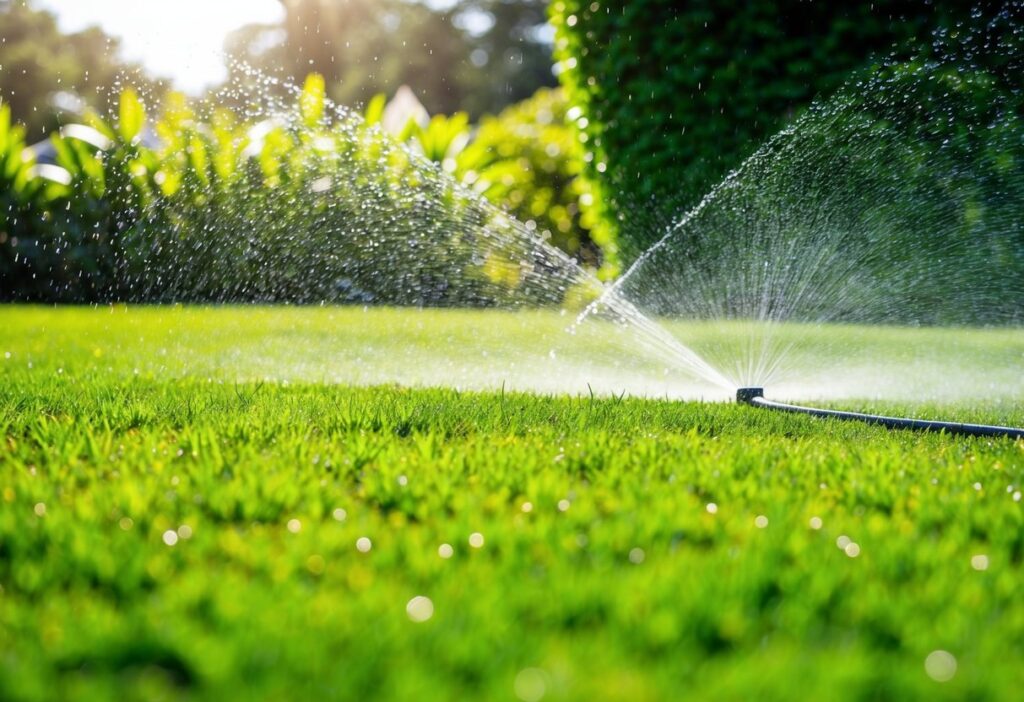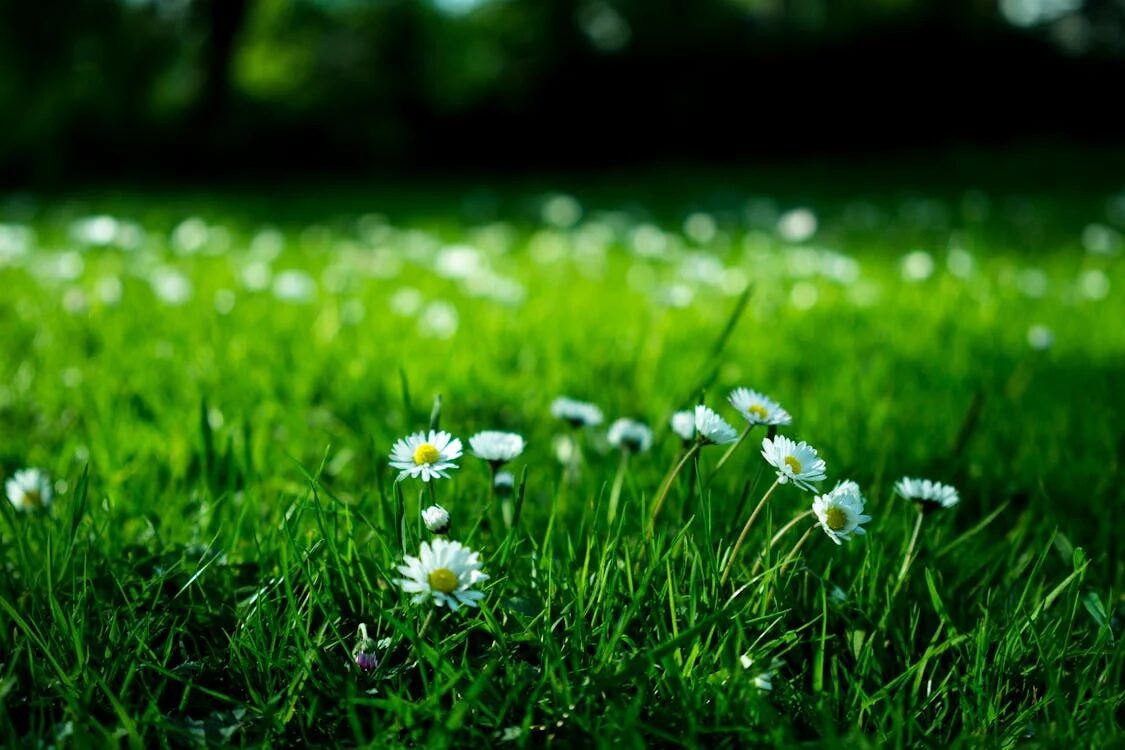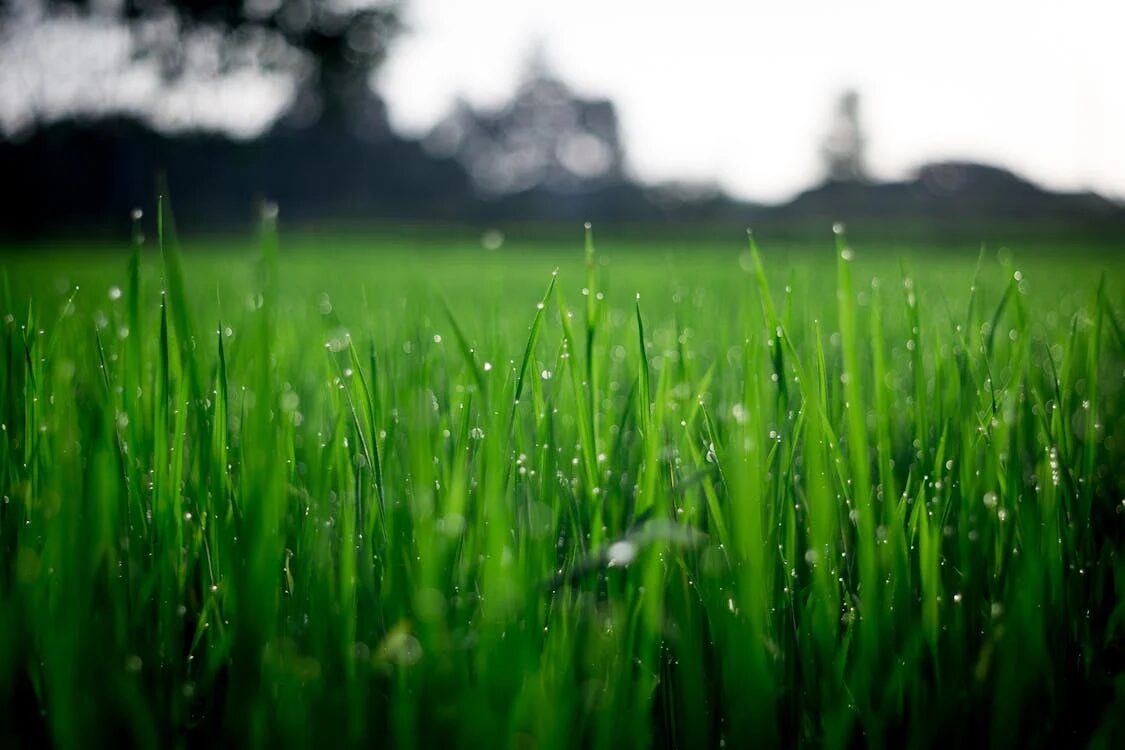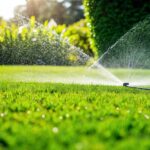
Maintaining a lush lawn and thriving garden requires careful attention to water. Many factors influence how often you should water, including climate, soil type, and plant species. For most gardens, watering once or twice a week is sufficient, but this can vary depending on local conditions.
Determining the ideal watering schedule involves more than simple frequency. Observing the weather patterns and understanding the specific needs of different plants play crucial roles. Homeowners who pay close attention to these details will notice healthier plants and more efficient water usage.
Proper watering techniques can significantly improve plant health and appearance. Knowing when and how much to water prevents issues like root rot and promotes strong growth. By exploring the intricacies of watering schedules, garden enthusiasts can ensure vibrant landscapes year-round.
Understanding Your Lawn’s Watering Needs
Proper watering practices depend on several factors that can vary greatly from one lawn to another. Understanding both grass type and soil condition, as well as climate and seasonal changes, can help ensure optimal lawn health.
Assessing Grass Type and Soil Condition
Various grass species require different amounts of water. For instance, cool-season grasses like Kentucky bluegrass often need more frequent watering than warm-season varieties like Bermuda grass. Soil type also influences watering needs. Sandy soils drain quickly and may require more frequent watering, while clay soils retain water longer, necessitating less frequent applications.
Soil condition affects water absorption. Compacted or poorly draining soils may benefit from aeration to improve water penetration. Monitoring soil moisture using a moisture meter can help tailor watering practices to your lawn’s specific needs.
Evaluating Climate and Seasonal Changes
Climate conditions play a critical role in determining watering frequency. In humid regions, rainfall might meet or exceed a lawn’s water needs, whereas arid environments may require additional irrigation. Seasonal variations also affect watering schedules, with summer typically demanding more frequent watering due to higher temperatures and evaporation rates.
Incorporating climate and seasonal data helps adjust watering routines. For example, reducing watering in cooler, wetter months prevents overwatering and potential disease. Observing weather forecasts assists in optimizing a schedule that takes advantage of natural precipitation and reduces unnecessary water use. Be careful about holiday lighting installations and ensure they do not impede effective water distribution.
Watering Techniques and Best Practices
Understanding when and how to water your lawn and garden can greatly affect their health and growth. Timing, method selection, and sustainability efforts are key elements that can lead to more efficient gardening.
The Right Time to Water
Watering early in the morning allows moisture to penetrate the soil before the heat of the day causes evaporation. Late afternoon is a secondary option when morning watering isn’t feasible. It’s crucial to avoid late evening watering as it can lead to mildew and fungal diseases.

Consistent watering schedules help plants develop deep roots, making them more drought-resistant.
Efficient Watering Methods
Using efficient watering methods can conserve resources without compromising plant health. Drip irrigation delivers water directly to the roots, minimizing evaporative loss. Soaker hoses and hand watering also provide effective options, allowing for targeted and controlled water distribution. Sprinklers can be used for larger areas but should be adjusted to prevent water waste.
Conserving Water and Sustainability
Gardening practices that focus on sustainability help conserve water and protect the environment. Mulching around plants retains soil moisture and reduces the need for frequent watering. Rain barrels can collect rainwater, providing an alternative water source. Opting for drought-resistant plants also significantly reduces water consumption, making a considerable difference in water conservation efforts.
Garden Irrigation Essentials
When considering garden irrigation, choosing the right system is crucial for plant health and efficient water use. The decision between drip irrigation, sprinkler systems, and other methods like soaker hoses and hand watering can significantly influence garden success.
Drip Irrigation vs. Sprinkler Systems
Drip irrigation delivers water directly to the plant’s root zone through a network of tubes and emitters. It provides precise water control, reducing waste and evaporation. This method is ideal for conserving water and preventing disease by keeping foliage dry.
Sprinkler systems, on the other hand, distribute water over a broader area using spray heads. They are convenient for lawns or large garden beds, offering ease of use for covering extensive spaces. Choosing between these systems depends on garden size, water needs, and environmental conditions.
Soaker Hoses and Hand Watering
Soaker hoses are porous hoses that allow water to seep slowly and steadily along their length. They are effective for beds and rows of plants, ensuring consistent moisture without over-saturation. Soaker hoses reduce water runoff and are less expensive compared to more complex systems.
Hand watering offers a personal touch, allowing precise water application to specific plants. It’s suitable for small gardens or individual plants needing varied attention. This method is beneficial for monitoring plant health, but it can be time-consuming for larger areas.
Each method’s suitability varies based on garden size, plant types, and personal preference.
Maintaining Lawn and Garden Health
To maintain a healthy lawn and garden, careful attention is needed to watering frequency. Monitoring moisture levels and adjusting to weather changes are crucial.

Recognizing the signs of overwatering or underwatering helps in making timely corrections to keep plants thriving.
Monitoring and Adjusting Watering Frequency
Frequency of watering requires regular observation of weather conditions and plant needs. During hot months, increase watering frequency, while cooler periods may require less. Soil type greatly impacts water requirements; sandy soils drain faster, necessitating more frequent watering compared to heavier clay soils.
A smart irrigation system can be an effective tool to manage watering schedules automatically. Installing moisture sensors offers precise control by providing real-time data on soil moisture levels. This technology optimizes water use, ensuring plants receive just the right amount of moisture.
Dealing with Overwatering and Underwatering
Overwatering often leads to fungal diseases and pest infestations. Symptoms include yellowing leaves and soft, mushy roots. Correcting this involves reducing the watering schedule and improving drainage by aerating the soil or adding organic matter.
Conversely, underwatering shows up as wilting, browning edges, and stunted growth. Timely detection is key; increase watering frequency gradually. Mulching helps conserve soil moisture. Regularly checking the soil’s moisture content, at a depth of about 6 inches, is a practical approach to avoid these issues.
Be mindful during holidays, as decorative lighting can impact plant health by generating heat or restricting soil access. Adjust watering methods accordingly to maintain optimal conditions.












